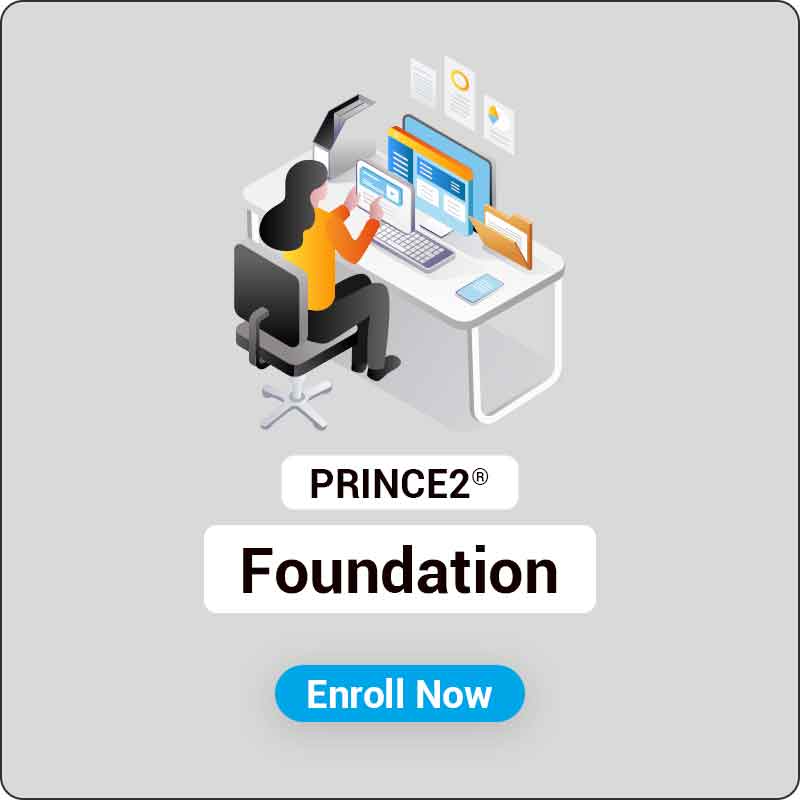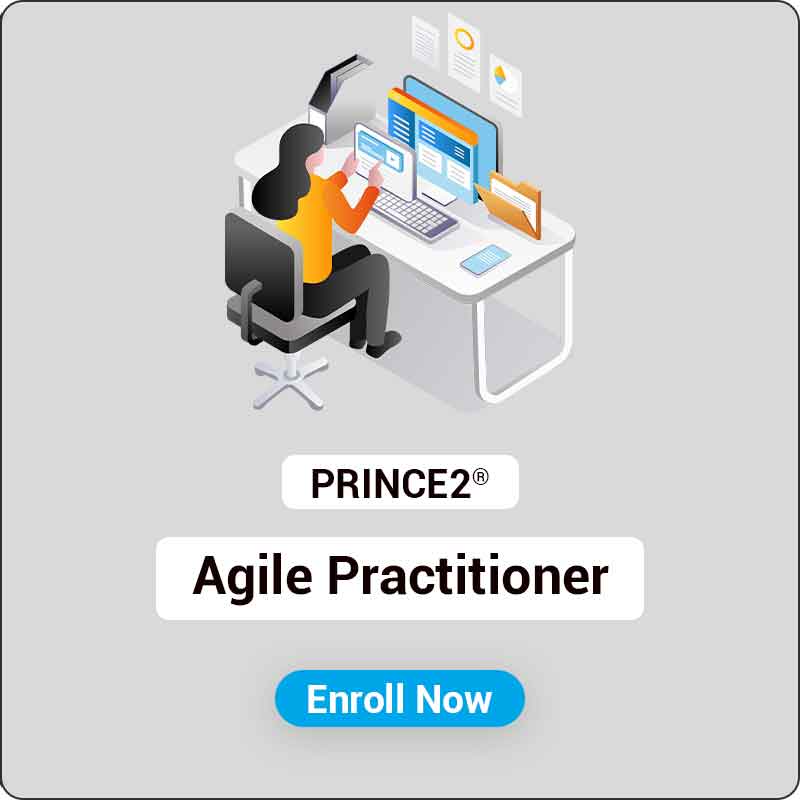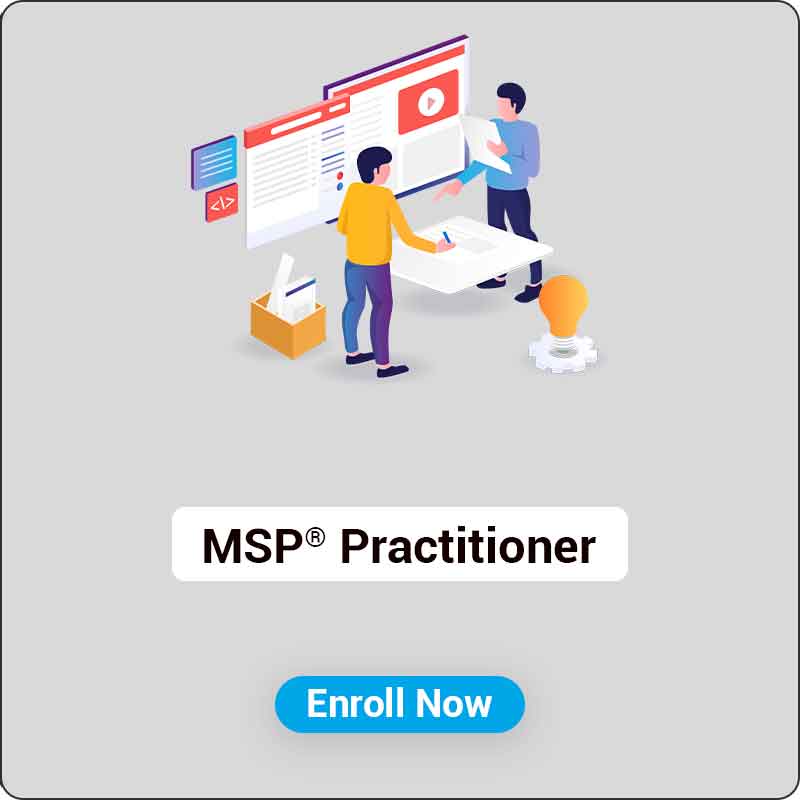Certified Associate in Project Management (CAPM)®
-compressed.jpg)
Accredited By

Course Package
Exam Voucher by PMI
Official Training Material from PMI
Official CAPM E-Book
Highly Experienced & Accredited Instructor
Live Instructor-Led Sessions
Real Life Examples & Case Studies
Lifetime LMS Access
K-Prime Warranty
Target audience
Professionals seeking to raise their skill sets to a new level in the growing project management field are ideal candidates for this online CAPM course. The CAPM certification is best suited for project associates or executives and any professional aspiring to start a career in project management.
Prerequisites

Exam and Certification information
- Duration: 03 hours
- Number of Questions: 150 (Multiple Choice)
- Pass mark: 61%
- Open book: No
- Electronic equipment allowed: No
- Languages: English, Spanish (Mexico + Spain), Arabic, Italian, French, Portuguese (Brazilian), German, and Japanese.
CAPM Certification journey

Course Outline
Task 1 Demonstrate an understanding of the various project life cycles and processes.
- Distinguish between a project, program, and a portfolio.
- Distinguish between a project and operations.
- Distinguish between predictive and adaptive approaches.
- Distinguish between issues, risks, assumptions, and constraints.
- Review/critique project scope.
- Apply the project management code of ethics to scenarios (refer to PMI
- Code of Ethics and Professional Conduct).
- Explain how a project can be a vehicle for change.
Task 2 Demonstrate an understanding of project management planning.
- Describe the purpose and importance of cost, quality, risk, schedule, etc.
- Distinguish between the different deliverables of a project management
- plan versus product management plan.
- Distinguish differences between a milestone and a task duration.
- Determine the number and type of resources in a project.
- Use a risk register in a given situation.
- Use a stakeholder register in a given situation.
- Explain project closure and transitions.
Task 3 Demonstrate an understanding of project roles and responsibilities.
- Compare and contrast the roles and responsibilities of project managers and project sponsors.
- Compare and contrast the roles and responsibilities of the project team and the project sponsor.
- Explain the importance of the role the project manager plays (e.g., initiator, negotiator, listener, coach, working member, and facilitator).
- Explain the differences between leadership and management.
- Explain emotional intelligence (EQ) and its impact on project management.
Task 4 Determine how to follow and execute planned strategies or frameworks (e.g., communication, risks, etc.).
- Give examples of how it is appropriate to respond to a planned strategy or framework (e.g., communication, risk, etc.).
- Explain project initiation and benefit planning.
Task 5 Demonstrate an understanding of common problem-solving tools and techniques.
- Evaluate the effectiveness of a meeting.
- Explain the purpose of focus groups, standup meetings, brainstorming, etc.
Task 1 Explain when it is appropriate to use a predictive, plan-based approach.
- Identify the suitability of a predictive, plan-based approach for the organizational structure (e.g., virtual, colocation, matrix structure, hierarchical, etc.).
- Determine the activities within each process.
- Give examples of typical activities within each process.
- Distinguish the differences between various project components.
Task 2 Demonstrate an understanding of a project management plan schedule.
- Apply critical path methods.
- Calculate schedule variance.
- Explain work breakdown structures (WBS).
- Explain work packages.
- Apply a quality management plan.
- Apply an integration management plan.
Task 3 Determine how to document project controls of predictive, planbased projects.
- Identify artifacts that are used in predictive, plan-based projects.
- Calculate cost and schedule variances.
Why Knowlathon







Frequently Asked Questions.
CAPM stands for Certified Associate in Project Management, an entry-level certification offered by the Project Management Institute® (PMI). Similar to the PMP®, CAPM is grounded in the Project Management Body of Knowledge (PMBOK® Guide), which sets global standards for project management. While both CAPM and PMP cover the same core principles, CAPM is designed for individuals with less project management experience.
The CAPM® Certification offers numerous benefits, such as enhanced career prospects, opportunities to work with multinational companies worldwide, potential salary increases, and personal development.

-compressed.jpg)
.jpg)











Student feedback
Reviews